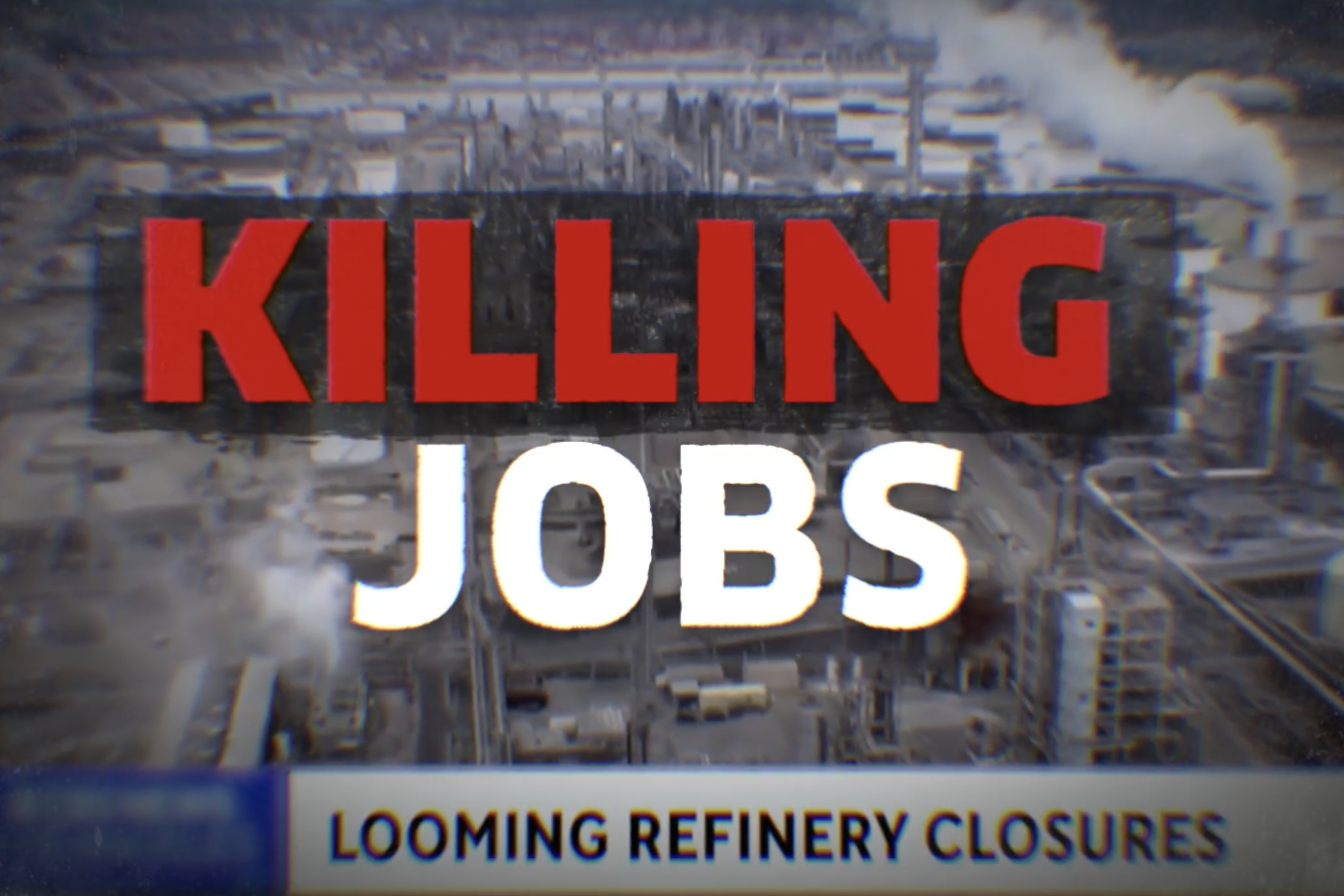The Biden administration’s new waiver, which allows E15 sales, increases the urgency of legislation to stabilize RIN prices.
Quick Takeaways:
- On April 19, 2024, the Biden administration issued a new waiver allowing the sale of E15 through the summer. The ethanol lobby and corn state senators are using this inflection point to push for year-long E15 sales and will likely make for higher mandates under the Renewable Fuel Standard (RFS).
- Historical data and projected transportation demand prove that expanded E15 sales will not appreciably increase the amount of ethanol in the market.
- A permanent fix for volatile RIN prices is needed to protect Americans from energy price shocks as Congress weighs yearlong E15 sales and the administration sets new RFS mandates.
Deep Dive:
This summer, the Environmental Protection Agency (EPA) will allow sales of E15, a fuel with 15 percent ethanol. Despite this “win” for the ethanol lobby, bipartisan corn state senators are already pushing for the Biden administration to allow year-round E15 sales.
However, year-round E15 sales will not appreciably increase the amount of ethanol in our nation’s fuel supply.
Retailers have been able to sell E15 year-round for five, soon to be six, summers. However, most retailers only sell finished gasoline with E10, the standard 10% ethanol per gallon. The 3,000 stations selling E15 – 30 percent of which are in Minnesota and Iowa, according to RFA – represent only 2.2 percent of all U.S. retail outlets.
Despite the 2019 Trump rule and Biden-era emergency waivers allowing the sale of E15, only 2.2 percent of U.S. retailers choose to offer E15. That’s why the Biden administration’s new waiver allowing summer E15 sales will lead to an insignificant amount of ethanol in the market.
Domestic gasoline consumption has been flat or declining relative to pre-COVID levels for many years. Every gallon of E15 sold replaces a gallon of E10; when a gallon of E15 replaces a gallon of E10, it only adds a mere 0.05 gallons of ethanol to the market. According to RFA, a "record-breaking" 1.11 billion gallons of E15 were sold in 2023; however, this equates to just about 55 million gallons of ethanol added to the market.
EPA's final biofuel blending levels for 2024 under the RFS mandate 15 billion gallons of conventional biofuels, including ethanol. The math clarifies that E15 sales will not do much to achieve such high-volume mandates. The U.S. Energy Information Administration estimated only 14.2 billion gallons in projected transportation fuel demand. This means there is a gap of 800 million gallons between what will be consumed and what the government is mandating.
The RFA's data proves that, based on the number of retailers opting to sell E15, allowing year-round sales of E15 will not lead to 800 million more gallons of ethanol in the market.
Moreover, this data proves that allowing year-round E15 will not appreciably stave off the threat of high RIN costs. Despite this, the ethanol lobby and Congressional allies have historically used E15 sales to call for unachievable ethanol mandates to be set even higher. Bipartisan senators have called for the EPA to set targets above 15 billion gallons. This move would increase RIN prices due to the lack of demand for transportation fuel.
To date, renewable diesel is the only thing keeping RIN prices somewhat in check. Unachievable ethanol volume requirements under the RFS force refiners to use renewable diesel above and beyond the “advanced biofuel” requirement – instead of ethanol – to meet a sizeable portion of the RFS’ ethanol mandate.
This is not a permanent fix for high RIN prices, which remain about five times higher than 2019 levels and a significant cost for independent refiners. It’s also not particularly helpful for ethanol producers or consumers. Experts state that the RFS adds 20 to 30 cents per gallon for consumers at the pump.
To meet statutory requirements, EPA is expected to start working on volume requirements for the next Renewable Volume Obligation (RVO) period later this year. If EPA increases volume requirements again, it will force RIN prices even higher, which could put America’s diminishing refining capacity at risk, making Americans even more vulnerable to energy price shocks.
This is why any legislation permanently allowing for year-round E15 must be coupled with meaningful, permanent RIN cost containment measures.
The bipartisan and bicameral Safeguarding Domestic Energy Production & Independence Act would stabilize RIN prices, restoring predictability for America’s remaining independent refiners under the RFS program. The legislation, endorsed by a diverse mix of labor unions and business advocacy groups, would issue a fixed-price RIN for compliance purposes only, allowing refiners to better plan and invest for the future. As we officially enter summer driving season, the Biden Administration and Congress must consider reducing RINs as it remains the one policy level that can be taken to help reduce gas prices. It’s time to take action now and support meaningful RIN cost containment.


